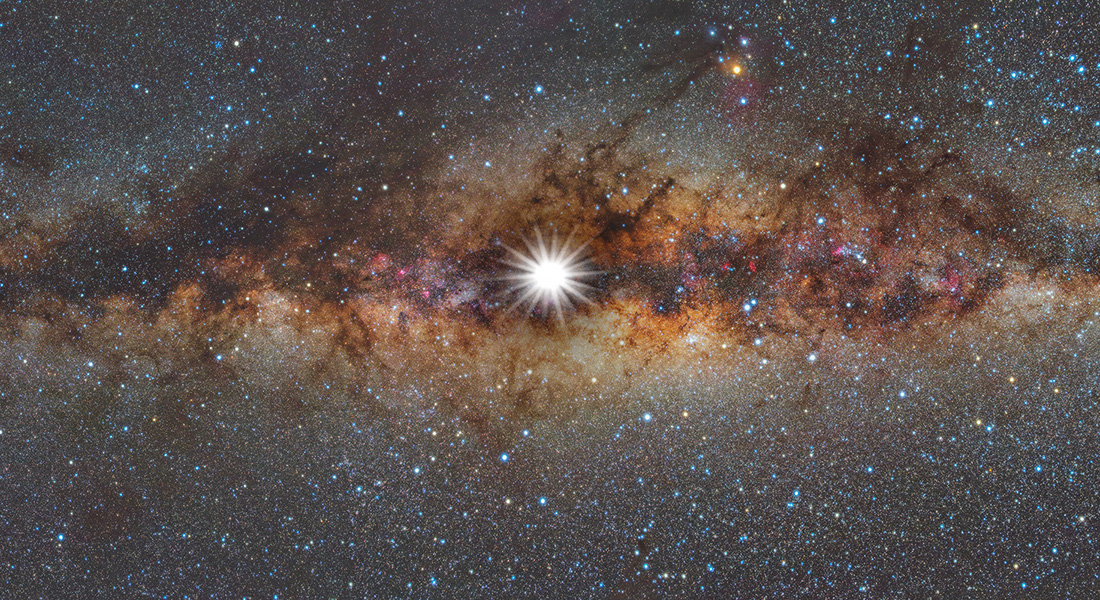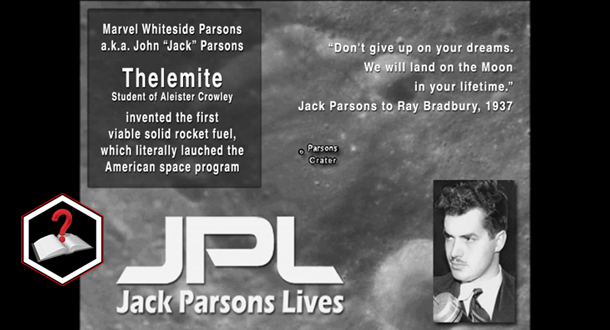NASA thread
https://www.grc.nasa.gov/www/k-12/airplane/bgk.html
An excellent way for students to gain an understanding and a feel for many of the concepts that they learn in math and physics is to build and fly a kite. The forces on a kite are so similar to the forces on an airplane that the Wright brothers often flew their gliders as tethered kites to determine the aerodynamic characteristics. Like an airplane, a kite is heavier than air and relies on the motion of the wind past the kite to generate the aerodynamic lift necessary to overcome the weight of the kite. The movement of the air past the kite also generates aerodynamic drag which is overcome by constraining the kite with a control line. The interaction of these forces determines the overall performance which varies with the design of the kite.
At this Web site information is presented concerning the construction, design, and flight characteristics of several different kites.
This site was prepared at NASA Glenn by the Learning Technologies Project (LTP) (http://www.grc.nasa.gov/WWW/K-12) to provide background information on kites as teaching aids for math and science teachers. Some of the slides were prepared to support KiteModeler, an interactive educational computer program that allows students to design and test fly kites on a personal computer. Other slides were prepared to support LTP videoconferencing workshops (http://www.grc.nasa.gov/WWW/K-12/CoE/Coemain.html) for teachers and students. KiteModeler is currently available as a JAVA applet which runs in your browser. This program can also be downloaded to your machine.
_________________
"There are a thousand things that can happen when you go light a rocket engine, and only one of them is good."
Tom Mueller of SpaceX, in Air and Space, Jan. 2011
An excellent way for students to gain an understanding and a feel for many of the concepts that they learn in math and physics is to build and fly a kite. The forces on a kite are so similar to the forces on an airplane that the Wright brothers often flew their gliders as tethered kites to determine the aerodynamic characteristics. Like an airplane, a kite is heavier than air and relies on the motion of the wind past the kite to generate the aerodynamic lift necessary to overcome the weight of the kite. The movement of the air past the kite also generates aerodynamic drag which is overcome by constraining the kite with a control line. The interaction of these forces determines the overall performance which varies with the design of the kite.
At this Web site information is presented concerning the construction, design, and flight characteristics of several different kites.
This site was prepared at NASA Glenn by the Learning Technologies Project (LTP) (http://www.grc.nasa.gov/WWW/K-12) to provide background information on kites as teaching aids for math and science teachers. Some of the slides were prepared to support KiteModeler, an interactive educational computer program that allows students to design and test fly kites on a personal computer. Other slides were prepared to support LTP videoconferencing workshops (http://www.grc.nasa.gov/WWW/K-12/CoE/Coemain.html) for teachers and students. KiteModeler is currently available as a JAVA applet which runs in your browser. This program can also be downloaded to your machine.
https://www.jpl.nasa.gov/edu/learn/proj ... er-glider/
https://www.orlandosentinel.com/space/o ... story.html
Not all of the players have been chosen for the mission to return samples of Mars back to Earth, but NASA on Monday announced Lockheed Martin will get the chance to become the first rocket to be launched off another planet.
The joint mission between NASA and European Space Agency is tied to the Perseverance rover already on the Red Planet that landed in 2021. The agencies’ plan is to launch a lander to Mars as early as 2026 that brings along with it a smaller rover designed to collect the samples that Perseverance is currently gathering, then stick them in what will be the first Mars Ascent Vehicle.
_________________
ADHD-I(diagnosed) ASD-HF(diagnosed)
RDOS scores - Aspie score 131/200 - neurotypical score 69/200 - very likely Aspie

Solstice Sun and Milky Way
Composite Image Credit & Copyright: Stefan Seip (TWAN)
Explanation: Welcome to December's solstice, first day of winter in the north and summer for the southern hemisphere. Astronomical markers of the seasons, solstice and equinox dates are based on the Sun's place in its annual journey along the ecliptic, through planet Earth's sky. At this solstice, the Sun reaches its maximum southern declination of -23.5 degrees today at 16:28 UTC, while its right ascension coordinate on the celestial sphere is 18 hours. That puts the Sun in the constellation Sagittarius in a direction near the center of our Milky Way galaxy. In fact, if you could see today's Solstice Sun against faint background stars and nebulae (that's really hard to do, especially in the daytime ...) your view might look something like this composited panorama. To make it, images of our fair galaxy were taken under dark Namibian night skies, then stitched together in a panoramic view. From a snapshot made on December 21, 2015, the Sun was digitally overlayed as a brilliant star at today's northern winter solstice position, close to the center of the Milky Way.
https://apod.nasa.gov/apod/ap171221.html
https://apod.nasa.gov/apod/random_apod.html
_________________
ADHD-I(diagnosed) ASD-HF(diagnosed)
RDOS scores - Aspie score 131/200 - neurotypical score 69/200 - very likely Aspie
Cool image, thanks!
_________________
"There are a thousand things that can happen when you go light a rocket engine, and only one of them is good."
Tom Mueller of SpaceX, in Air and Space, Jan. 2011

Every child, at least once in their life, has been admonished to not stare at the sun for so long lest they go blind. But does looking at the sun really cause blindness, or is that just an old wives’ tale? Turns out, it’s a bit of both. The retina most certainly can be damaged by staring straight at the sun, but it would take several minutes of uninterrupted focus for that to happen.
In order to cause permanent injury to the eye, the retina would need to heat up by 50 degrees Fahrenheit. And at the brightest point of the day, when sun-induced eye damage is most likely, the average person can only look at the sun long enough to experience a 39-degree Fahrenheit increase in corneal temperature. After that, our natural defenses take over and our sensitive eyes begin to water and burn, which typically causes us to blink and look away before long-term harm can be done.
Fortunately, there are better and easier ways to get a good look at the sun. We can, for example, peruse NASA’s online gallery of sun photos. Over the last 100 years alone, the agency has taken thousands of photographs of the star. In the following slides, Stacker has rounded up 10 incredible photos of the sun from space taken by the agency. These images are a much clearer and safer way of getting a good look at the glowing ball of gas at the center of our solar system.
Source:
https://www.stltoday.com/news/science/i ... 79639.html
_________________
ADHD-I(diagnosed) ASD-HF(diagnosed)
RDOS scores - Aspie score 131/200 - neurotypical score 69/200 - very likely Aspie

Every child, at least once in their life, has been admonished to not stare at the sun for so long lest they go blind. But does looking at the sun really cause blindness, or is that just an old wives’ tale? Turns out, it’s a bit of both. The retina most certainly can be damaged by staring straight at the sun, but it would take several minutes of uninterrupted focus for that to happen.
In order to cause permanent injury to the eye, the retina would need to heat up by 50 degrees Fahrenheit. And at the brightest point of the day, when sun-induced eye damage is most likely, the average person can only look at the sun long enough to experience a 39-degree Fahrenheit increase in corneal temperature. After that, our natural defenses take over and our sensitive eyes begin to water and burn, which typically causes us to blink and look away before long-term harm can be done.
Fortunately, there are better and easier ways to get a good look at the sun. We can, for example, peruse NASA’s online gallery of sun photos. Over the last 100 years alone, the agency has taken thousands of photographs of the star. In the following slides, Stacker has rounded up 10 incredible photos of the sun from space taken by the agency. These images are a much clearer and safer way of getting a good look at the glowing ball of gas at the center of our solar system.
Source:
https://www.stltoday.com/news/science/i ... 79639.html
I used to have a obsessive compulsion to look at the sun as a kid. I have always been light averse and I felt it was wrong to be light averse, so I developed the compulsion to look at the sun for as long as I could. I would have sun imprints in my vision, as I have visual snow syndrome which makes floaters and such common for me anyway.
My nickname in school was vampire from certain folk & in their social sphere, because I was drip, hospital white & lethargic due to my health, which was poor from a young age.
When I was eight (back in the mid Sixties) I was an aspie "little professor" who knew all of the planets of this solar system. But even when I took astronomy 101 in college in the Seventies they still hadnt detected any proven exoplanets. Though a couple of scientists thought that they were on the trail of planets around Barnard's Star back then (I believe that it was disproven). So it amazes, astounds, and pleases me, that we have now entered the era of discovery of exolanets. The first few were found by accident in the mid Nineties. Now were up to the thousands.
Our notions of exoplanets are probably skewed by the way we find them. They have to be either orbiting at the same plane as our line of site (so we can detect them blocking their star's light), or the opposite -perpendicular to our line of site (so we can detect how make a wiggle in the movement of their parent star). Both techniques favor finding large and close planets. So in the beginning we used to find only "hot jupiters" (big gas giants closer than Mercury). But now they are starting to find small planets -like earth-sized.
But in the early years when we were finding only hot jupiters (big gas giants close in) it made our solar system seem quite odd. But it maybe that our primitive way of detecting exoplanest caused us to find too many odd (but abnormally easy to detect) planets. And that our system is more normal.
Last edited by naturalplastic on 08 Mar 2022, 7:40 pm, edited 1 time in total.
I thought the technique in detecting "earth sized" planets in the goldilocks zone relies on a change in light detected from the star? (a blip) It doesn't actually provide an actual image of the planet itself.
Given the immense distance away, there is a lot of assumptions about the distance the "blip" is in it's orbit from the star and numbers plugged into an algorithm to estimate the probability of the "blip" having water etc.
I thought the technique in detecting "earth sized" planets in the goldilocks zone relies on a change in light detected from the star? (a blip) It doesn't actually provide an actual image of the planet itself.
.
Thats the first technigue I mentioned. Looking for a sudden dip in the stars luminosity indicating that the planet has, essentially eclipsed the star from our pov.
Both techniques are used by ground bound astronomers. But the eclipse method is used by Hubble and Kepler etc in space. Obviously its easier to detect a big fat planet either way. But now they are finding earth sized planets with the eclipse method. But yes...it would seem that they must be making a lot of assumptions about things in order to deduce all of these characteristics that they claim to know about these exoplanets that they keep finding.
Both techniques are used by ground bound astronomers. But the eclipse method is used by Hubble and Kepler etc in space. Obviously its easier to detect a big fat planet either way. But now they are finding earth sized planets with the eclipse method. But yes...it would seem that they must be making a lot of assumptions about things in order to deduce all of these characteristics that they claim to know about these exoplanets that they keep finding.
Yes, they must be observing a consistent "dip" in luminosity over a measurable cycle which indicates an orbiting object. In all probability this is a planet (based on what we observe with our own solar system), however for all we know it could be a lump of a rock devoid of any water/organics.
Can someone translate this post into English? What is he saying?
A Halloween experiment more than 80 years ago became the beginning of JPL,
which has helped America lead the way in space exploration.

rocket boys own space
https://www.pbssocal.org/shows/blue-sky ... laboratory

Carter's description is based on incomplete records, but it seems that the ceremony involved annointing objects with menstrual blood, invoking spells and incantations, and Parsons' act of masturbating (using his "magic wand"). The "elemental" arrived soon after in the form of a woman named Marjorie Cameron, who would later become Parsons' second wife and an underground figure in her own right.
https://www.salon.com/2000/02/15/parsons_3/
Can someone translate this post into English? What is he saying?
In addition to the "Parson" stuff there is a reference to
"All your base are belong to us"
https://en.wikipedia.org/wiki/All_your_ ... long_to_us

Wikipedia says:
"All your base are belong to us
All your base are belong to us is a popular Internet meme based on a badly translated phrase from the opening cutscene of the video game Zero Wing.[1] The phrase first appeared on the European release of the 1991 Sega Mega Drive port of the 1989 Japanese arcade game.[2]
By the early 2000s, a GIF animation depicting the opening text was widespread on the Something Awful message forums and other internet forums.[3] The phrase found popular reference outside internet forums through the 2000s and 2010s, including use by Newgrounds in 2001.[4][5][6]"
[ . . . ]
[ Text as it appeared in the game: ]
"Mechanic: Somebody set up us the bomb.
Operator: Main screen turn on.
CATS: All your base are belong to us.
CATS: You have no chance to survive make your time.
Captain: Move 'ZIG'.
Captain: For great justice."
[ What it maybe should have said: ]
"Engineer: It appears someone has planted explosives.
Communications Operator: Incoming visual on the main screen.
CATS: With the help of Federation government forces, CATS has taken all of your bases.
CATS: Treasure what little time you have left to live...
Captain: We’re counting on you, ZIGs!!
Captain: May there be hope for our future…"
_________________
ADHD-I(diagnosed) ASD-HF(diagnosed)
RDOS scores - Aspie score 131/200 - neurotypical score 69/200 - very likely Aspie
| Similar Topics | |
|---|---|
| A NASA Map Reveals Coastal Cities Home to 40 Million That Ar |
13 Mar 2025, 3:43 am |
| One Song Per Reply: A Music Discovery Thread |
23 Feb 2025, 9:08 pm |









